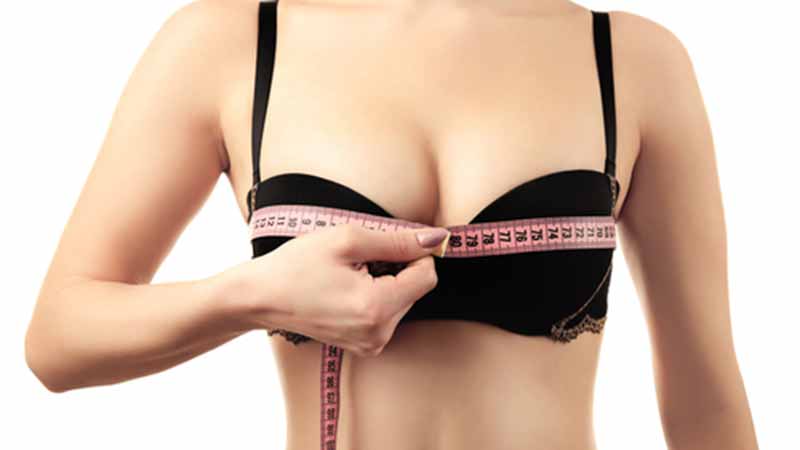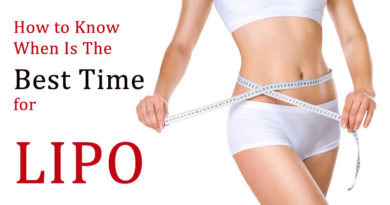The Ultimate Guide to Breast Augmentation: Pros, Cons, and Different Types
The process of getting a breast augmentation can be a dream come true for some, yet frightening for others. Before receiving any cosmetic surgery, it is important to do your research and understand what the process will entail, what risks it poses, and what you should expect from pre-surgery preparations to ten years down the road. The breast augmentation procedure is one of the cosmetic surgeries with the highest satisfaction rates – over 98% of individuals are satisfied with the process as a whole and the results they received. The great part about breast augmentation is that there are so many different types to consider and it’s easy, with the help of a doctor or trained professional, to find one that works for you. Here are some of the pros and cons of breast augmentation, and some different types available to consider when making this personal decision.

Silicone Gel
Silicone Gel implants feel the most like natural breast tissue. As expected, they’re filled with silicone gel and they are FDA approved for individuals over the age of 22.
Pros
One of the positive things about this type of implant is that it is the softest type available on the market today. They are actually the most commonly used because of their soft, natural feel. The silicone gel implants are also one of the least likely to cause rippling, which is a folded, wrinkly effect on the skin of the breast. They are considered extremely safe and have not been linked to breast cancer or any other diseases.
Cons
Some negatives related to silicone gel implants are that you may be slightly inconvenienced by the regular visits you’ll need to your plastic surgeon. You will need to receive regular MRIs or ultrasounds to make sure they continue performing properly. If the implant leaks, it will not collapse, leaving your breasts the same shape and the leak undetectable. Those regular doctor visits will be able to detect leaks that you may not be able to see.
Highly Cohesive Silicone Gel
This type of breast implant is often called “Gummy Bear” implants because they are more firm than the typical silicone implant, as the gel is thicker than its regular silicone implant. They are growing in popularity because of their high satisfaction rate and how well they hold their shape long-term.
Pros
As mentioned, these types of implants hold their shape and perform well long-term and are very unlikely to rupture over time. As with the regular silicone gel implants, they are one of the least likely to ripple. While its regular silicone counterpart is only available in a round shape, the highly cohesive ones are available in both round and teardrop, the latter providing a more natural look than a round insert.
Cons
What benefits you receive with the natural tear-drop shape may be offset by the firmness of these implants. This can be a con for some, but a pro for others who are looking for a more natural feel in their breasts. If you opt for the teardrop shape, you may have to go under a corrective procedure over time, as this shape may rotate slightly. The round shape available, however, does not pose this risk. Compared to other breast implant options, the highly cohesive silicone gel inserts may be on the more expensive side and may also need a larger incision than other options.
Saline
A saline breast implant have lessened in popularity over the years, and typically give a perky, exaggerated look to breasts. They are filled with sterile saltwater that, if ruptured, will be naturally absorbed into the body. This type of implant is FDA approved for women over the age of 18.
Pros
Unlike silicone implants, saline ones can be inserted with a smaller incision. This is because they do not initially hold their shape and size and can be altered once inserted in the body. This also means you can adjust shape over time without completely removing the implant. While the procedure is less invasive, it is also less expensive than a silicone implant. It is also easier to detect a rupture, as you will notice immediately that your breast is deflating. However, when this happens, the saline water will absorb safely into your body.
Cons
Depending on the patient, a saline implant may feel less natural. This type of implant is also more likely to rupture than others. It is often heavier than a silicone implant, and therefore may cause “bottoming out” due to the gravitational pull.



